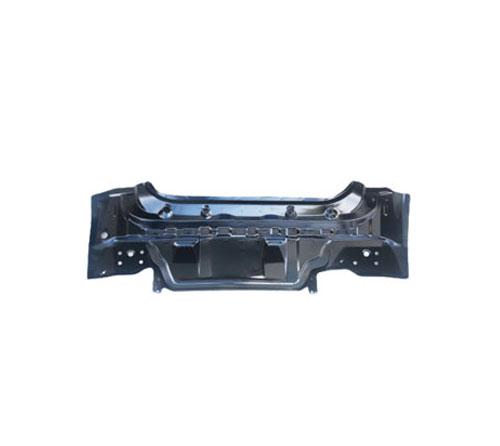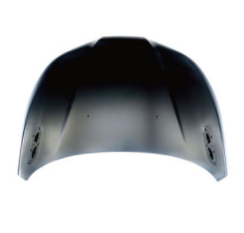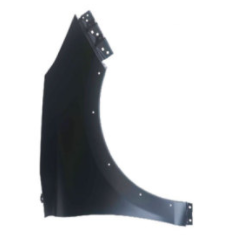Notices for surface treatment of automobile sheet metal parts.
First: It should be noted that the state of the workpiece, all electrochemical treatment must be carried out in the bulk of the workpiece, the assembly feel that it can not be electrochemical treatment. Because in the process of treatment, the solution will be trapped in the gap of the assembly and cause corrosion to the workpiece.
Second, attention should be paid to the processing sequence, such as spot welding parts can be chemically treated, but must not be electrochemically treated, including electroplating, anodic oxidation and other electrochemical treatment will affect the quality of spot welding. For some electroplated or oxidized parts requiring riveting, the processing procedure must follow electroplating or oxidation before riveting.
Automobile sheet metal parts

3. Attention should be paid to the pretreatment before surface treatment. For example, it is necessary for steel parts to be phosphated before spraying, so as to increase the adhesion of the coating. In order to improve the corrosion resistance of bright nickel-plated steel parts and automobile stamping parts, a layer of copper or dark nickel can be coated first. This problem also exists in zinc-based alloys. It is also necessary to pre-coat a layer of copper or dark nickel before electroplating, so as to improve the bonding strength of the electroplating.
Automobile Sheet Metal Parts Manufacturer

Fourth, we should pay attention to the fact that the material of the workpiece can not conflict with the treatment method. Sulfuric acid anodization is never allowed for aluminium alloy castings.
Fifth: We should judge whether the parts are suitable for electrochemical processing according to the shape of the parts. For example, the long tubes whose length is more than twice the diameter should not be electrochemically treated, because the inner surface of the tubes can not form a high-quality film layer, and the parts with deep grooves or holes whose depth is greater than twice the diameter should also have the inner surface after electroplating. It can't be completely covered by the coating.
6. Attention should also be paid to the conflict between the matrix material and the coating material. Because most organic gases corrode zinc, the galvanized layer should be carefully chosen to contact or assemble with the organic material in the same airtight body in the design of sheet metal processing.
Automotive Parts and Components
Sheet metal processing is a process technology for sheet metal. It includes not only traditional cutting, blanking, bending and forming methods and process parameters, but also various cold stamping die structure and process parameters, working principle and operation methods of various equipment, as well as some new stamping technology and process. More and more sheet metal processing enterprises realize that proper surface treatment can play a very good role in decoration and protection of the product surface, improve the product's "face value", and then improve market competitiveness.

Electroplating and spraying are two common surface treatment methods in automobile sheet metal processing. Electroplating is divided into galvanizing, nickel plating and chromium plating. The main purpose of electroplating is to form a protective layer of metal or alloy on the surface of sheet metal workpiece by using electrolysis principle, which plays a protective and decorative role. Spraying is divided into spraying paint and powder spraying. After the material is pretreated, spraying gun gas disperses the coating into uniform and fine droplets and sprays them on the surface of sheet metal workpiece, so that the coating forms on the surface of the workpiece, and then heats and dries. Spraying can protect the workpiece. In addition to the above two methods, there are other surface treatment methods, such as anodic oxidation, chromate, wire drawing, sandblasting and oxidation.
Copyright By © Jiangsu Halreal Vehicle Industry Co., Ltd. 技术支持:翊成网络